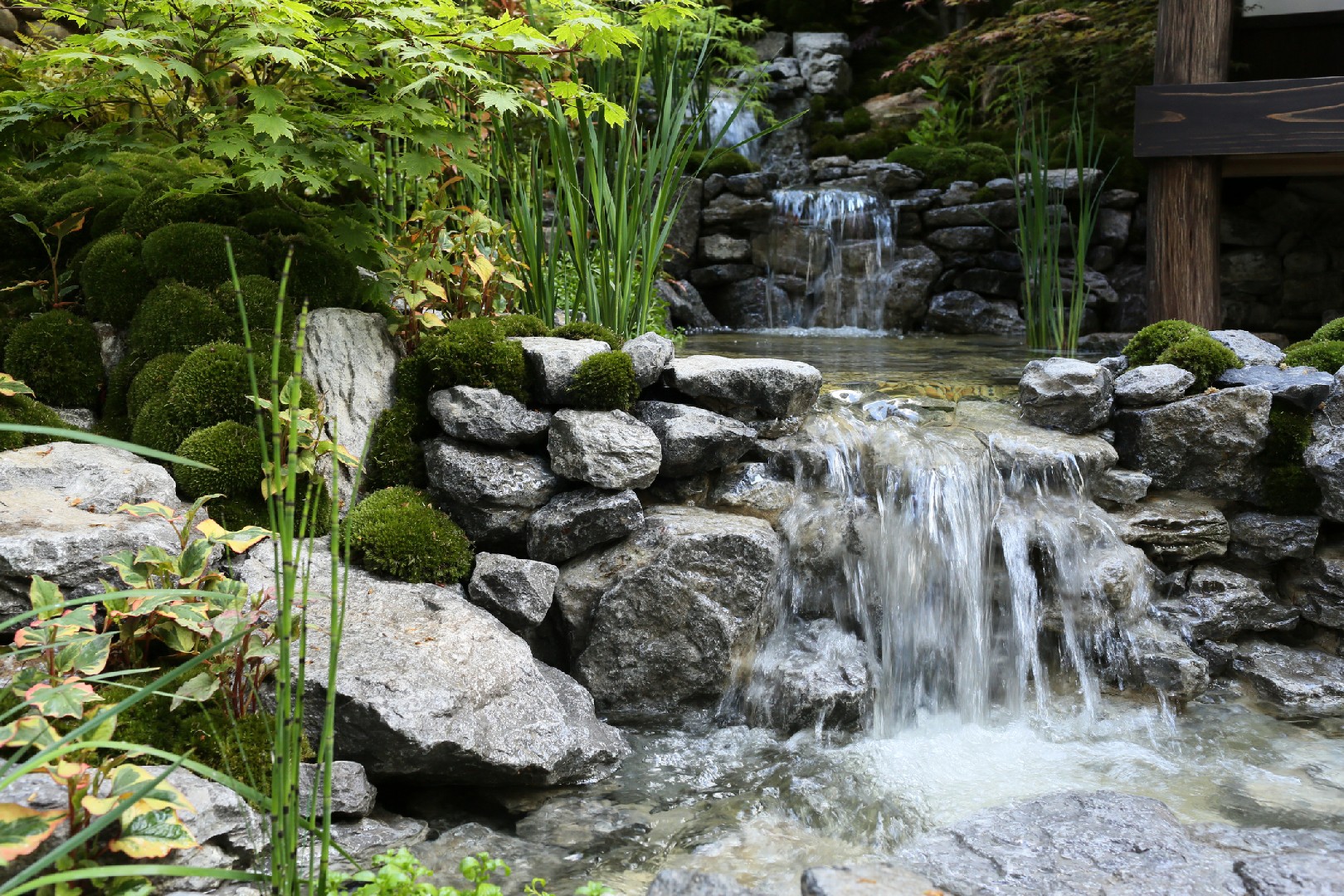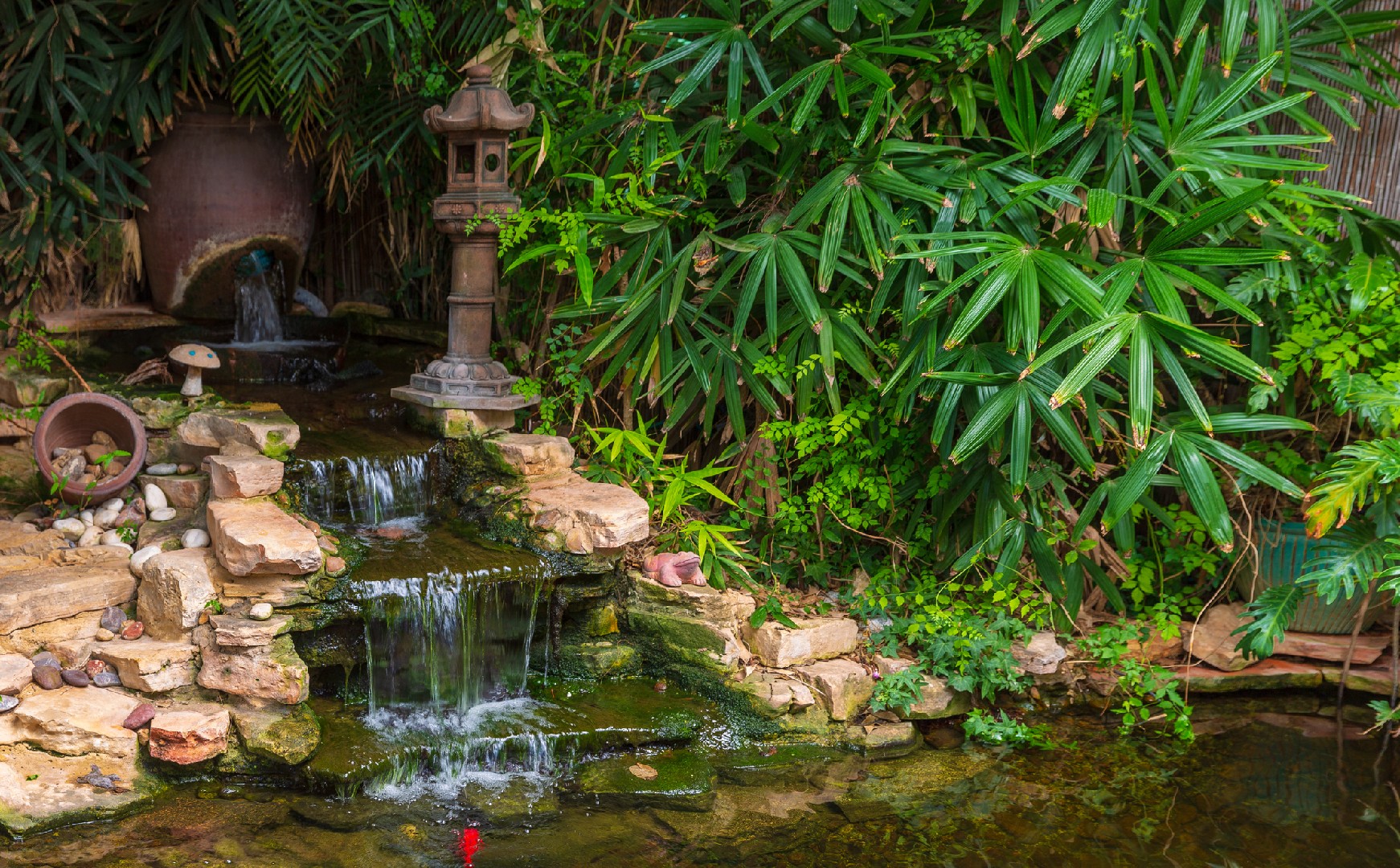![Rectangle]()
Understanding Mechanical Failures: Leaks and Blockages
When it comes to garden water features, it is not uncommon to encounter mechanical failures such as leaks and blockages. These issues can be frustrating and worrisome, as they can affect the functionality and aesthetics of your water feature. In this section, we will discuss how to recognize the symptoms of leaks and blockages, provide guidance on locating and fixing leaks, and offer strategies for handling blockages.
One of the first signs of a leak in your garden water feature is a sudden decrease in water levels. If you notice that the water level is constantly dropping, it is a clear indication that there is a leak somewhere. Another common symptom is the presence of damp or wet areas around the water feature. These areas may be accompanied by a musky smell or the growth of algae or moss. Identifying these symptoms early on can help you address the issue promptly.
Locating the source of a leak can be a challenging task, but there are a few techniques that can help you in this process. Start by inspecting the visible parts of your water feature, such as the pump, tubing, and joints. Look for any visible signs of damage or wear, such as cracks, holes, or loose connections. If you are unable to locate the leak visually, you can try conducting a simple dye test. Add a few drops of food coloring to the water and observe where the color is being pulled towards. This can give you a clue about the location of the leak.
Fixing a leak in your garden water feature can be a relatively simple task, depending on the severity of the issue. For small leaks, you can use waterproof sealants or repair tapes to seal the affected area. However, for larger or more complicated leaks, it may be necessary to replace damaged parts or call a professional for assistance. It is important to address the issue promptly to prevent further damage to your water feature and to conserve water.
Blockages in garden water features can occur due to various reasons, such as debris, dirt, or algae buildup. These blockages can disrupt the flow of water and affect the overall performance of your water feature. To prevent blockages, it is recommended to regularly clean and maintain your water feature. This includes removing any fallen leaves, twigs, or other debris from the water and ensuring that the filtration system is functioning properly.
If you encounter a blockage in your garden water feature, there are a few strategies you can employ to resolve the issue. One method is to use a garden hose to flush out the blockage by directing a strong stream of water through the affected area. Another option is to use a specialized cleaning solution or algae treatment to dissolve and remove the blockage. It is important to follow the manufacturer's instructions and use safe and environmentally friendly methods when cleaning your water feature.
By understanding the common mechanical failures of leaks and blockages in garden water features, you can effectively address these issues and ensure the longevity and performance of your water feature. Regular maintenance, prompt repairs, and preventive measures can help you avoid costly damages and keep your garden water feature running smoothly. Remember to always prioritize the well-being of your water feature and enjoy the beauty and tranquility it brings to your outdoor space.





